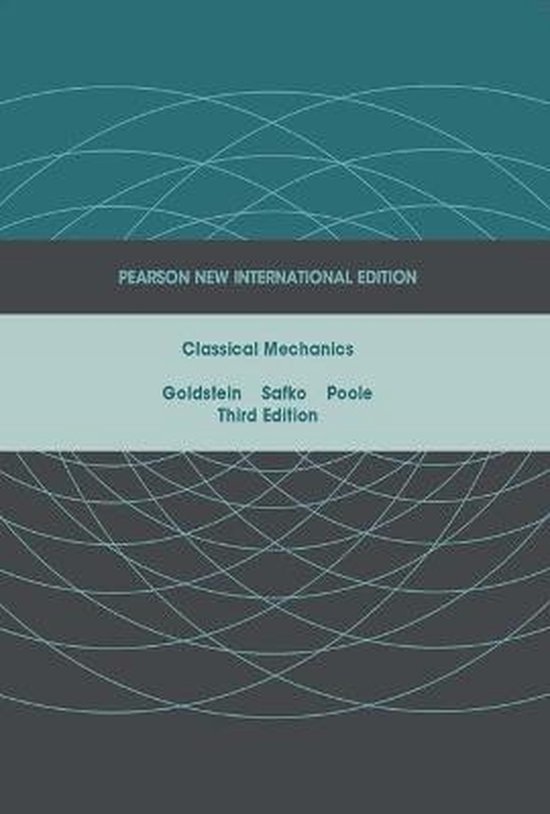
Modern Classical Optics
This work gives accounts of non-quantum optical phenomena and of instruments and technology based on them, at a level suitable for the last two years of an honours degree in physics and for graduates starting out. Topics include thin films and holography, and etendue and Gaussian beams.
This work gives accounts of non-quantum optical phenomena and of instruments and technology based on them, at a level suitable for the last two years of an honours degree in physics and for graduates starting out. Topics covered include the conventional (diffraction, coherence, thin films, holography) and the less conventional (etendue, Gaussian beams, laser cavities, CD reader, confocal microscope) which belong in today's university courses, for example, to support laser physics. Even the conventional material has frequently been given a fresh presentation by giving a tidier-than-usual route through a calculation, or finding insightful connections with other parts of physics, or simply avoiding common errors. Problems offer opportunities for checking the reader's basic understanding, or for taking a careful route through reasoning, or for checking orders of magnitude. But most problems contain exploratory and critical material: investigating possible alternative approaches, asking searching questions about fundamentals, or solving apparent paradoxes.
This work gives accounts of non-quantum optical phenomena and of instruments and technology based on them, at a level suitable for the last two years of an honours degree in physics and for graduates starting out. Topics covered include the conventional (diffraction, coherence, thin films, holography) and the less conventional (etendue, Gaussian beams, laser cavities, CD reader, confocal microscope) which belong in today's university courses, for example, to support laser physics. Even the conventional material has frequently been given a fresh presentation by giving a tidier-than-usual route through a calculation, or finding insightful connections with other parts of physics, or simply avoiding common errors. Problems offer opportunities for checking the reader's basic understanding, or for taking a careful route through reasoning, or for checking orders of magnitude. But most problems contain exploratory and critical material: investigating possible alternative approaches, asking searching questions about fundamentals, or solving apparent paradoxes.
| Auteur | | Geoffrey Brooker |
| Taal | | Engels |
| Type | | Paperback |
| Categorie | | Wetenschap & Natuur |



